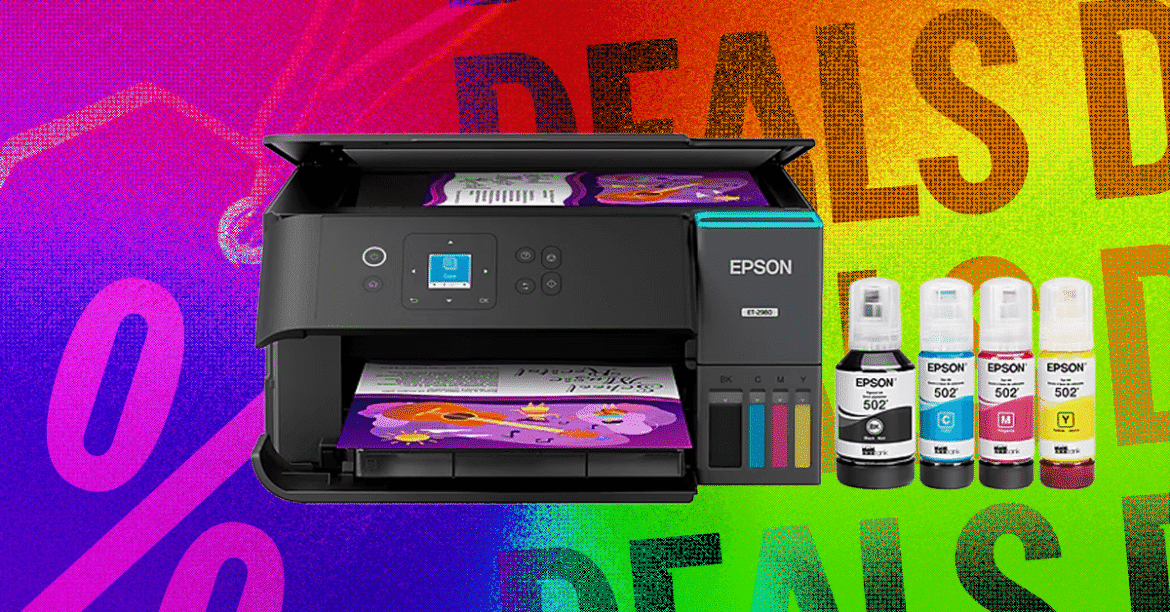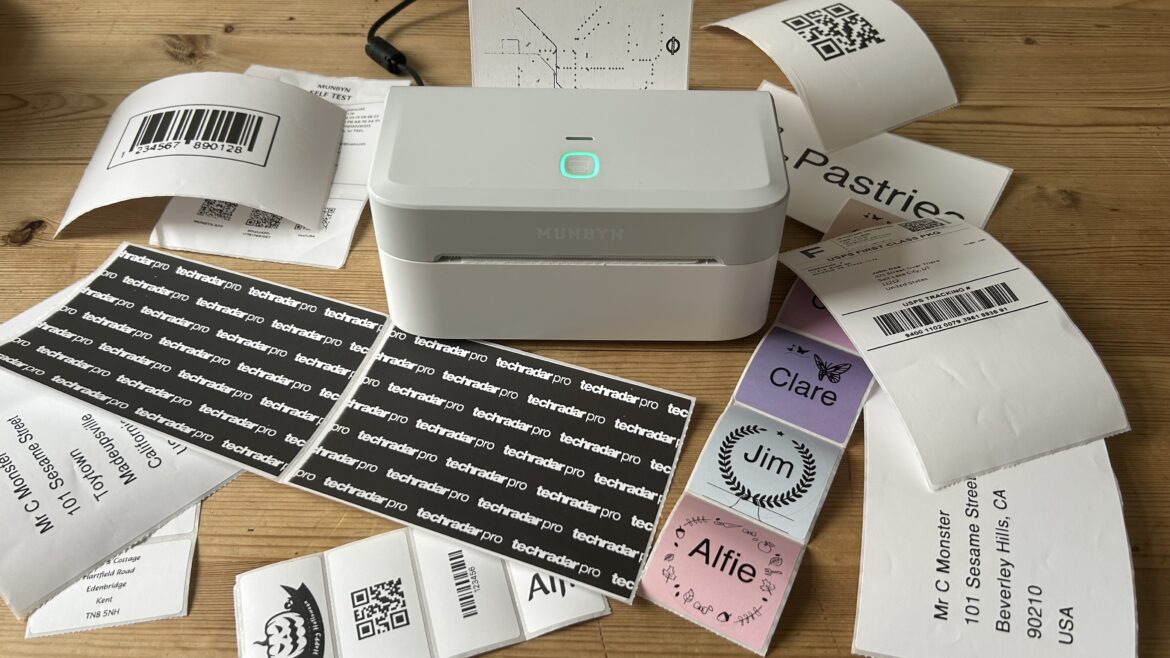While a printer upgrade might not sound like the most exciting way to spend your hard-earned dollars, the right machine can save you a ton of time and money. My favorite all-in-one printer and scanner, the Epson EcoTank ET-2980, is marked down by $50 on Amazon. It has all the features most home users will need, even daily printers, and is a much better value than ink cartridge, and even some laser printers.
Photograph: Brad Bourque
In my testing, the Epson EcoTank ET-2980 was my favorite printer that included a scanner. I’ve continued to use the EcoTank long-term for the past few months, and I’ve been consistently impressed with the reliability and excellent print quality. I’ve printed photos, flyers for garage sales, and order invoices for my side business selling TCG cards, and everything has come out pristine and detailed. It was surprisingly easy to set up, with ink bottles that don’t drip or leave stains, and very little initial configuration.
While it may seem like a steep price for a new printer, the ink tanks make a huge difference when it comes to value. Epson includes enough ink in the box for thousands of pages, enough for the average home to print for years, and even if you do need more, the replacement ink is much cheaper than cartridges. In my quick and dirty estimates, you’ll generally break even on the more expensive Epson in just two rounds of cartridge replacements, depending on the brand. You’ll also sidestep concerns about subscription plans or first-party limitations.
There are really only two drawbacks to the ET-2980, and they’re both pretty minor. The first is, like any ink tank printer, it would really prefer to stay put. You can secure the parts for moving it, and I’ve had no issues swapping it from one desk to another, or moving it between rooms, but you’ll want to avoid tilting it or leaving it at an angle for too long, lest you end up with a mess on your hands. The other drawback is the paper tray, which has a solid path and good sensing for alignment, but only holds about 100 regular pages, or less than 20 envelopes.


